
Service hotline:
13533607738
18602592233
Welcome to 广东脊祥万岁健康管理有限公司!
最新资讯
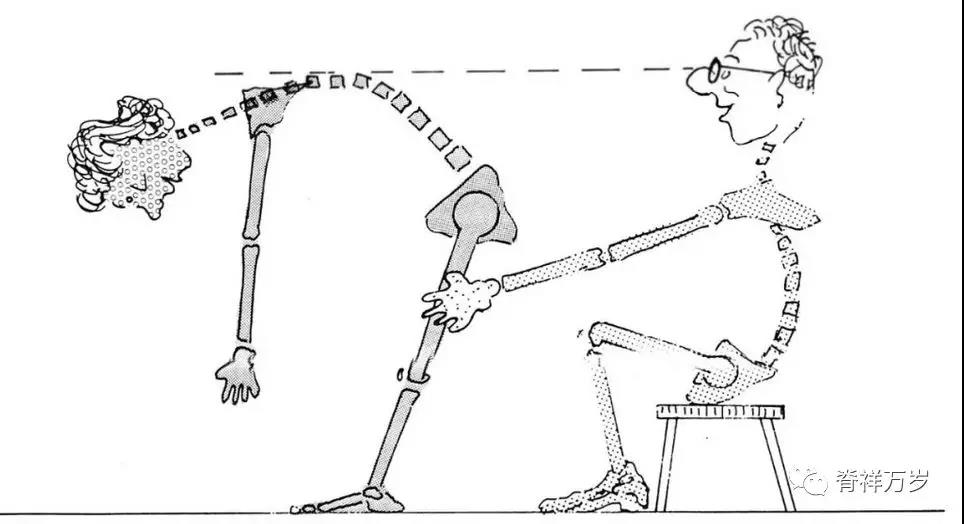
The treatment of scoliosis is a race against time. If we find out in time enough, we can restore the sidebend to almost negligible levels by doing some correct exercises. However, many patients'scoliosis is not detected until they reach a moderate level, which not only makes treatment more difficult, but also increases the risk by three times. Early prevention is essential for children with scoliosis. This is also the reason why Mr. Ye Huiyang launched the Taiwanese soft manipulation course of Teenagers'Spinal Scoliosis. Although scoliosis affects more than 7 million people in the United States, accounting for about 3% of the total population, there are still many shortcomings in scoliosis screening. Less than half of the states require schools to screen for scoliosis, and the tests they do can only be detected when the scoliosis develops to 30 degrees, making it almost impossible to identify early scoliosis. This is too late for early intervention. Effective scoliosis treatments include: retraining the brain to correct spinal alignment; and through subtle exercises, children can build new subconscious muscle memories and autonomous habits to support a more straight spine. Before the curvature reaches 20 degrees, children can reduce the curvature to less than 10 degrees through neuromuscular retraining. As school screening often fails to detect early warning signs of scoliosis, the burden of early prevention falls on parents. If you are concerned about your child's risk of scoliosis, consider doing a home scoliosis test. The following groups are more at risk of scoliosis: Children aged 8 to 14 Girls are eight times more likely to have scoliosis than boys. Slender people Children whose parents or siblings have scoliosis When doing home scoliosis screening, you and your child need to take the following steps: Doctors and school nurses usually use this simple test method. The way to do this is to have your child stand with his arms straight, palms facing each other, and then bend forward as if to touch his toes. We examine the back from the back and front to see if there is any sign of asymmetry. Is one rib higher than the other? Is the lower back uneven? Does one hip look taller than the other? Posture change is one of the early warning signals of scoliosis, which often occurs before the curvature of the spine changes. When the spine becomes bent, shoulders, waists and hips tend to become uneven. Let your child stand up straight. We will observe the child's posture from the front, back and side. Is one shoulder taller than the other? Is one arm farther from the body? Is one scapula higher than the other? Does the buttocks look uneven? Does the back look too round?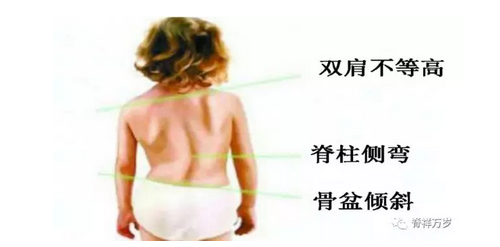
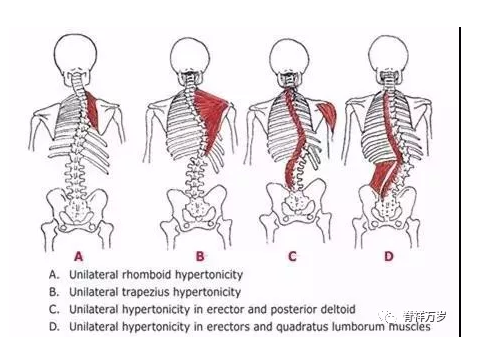
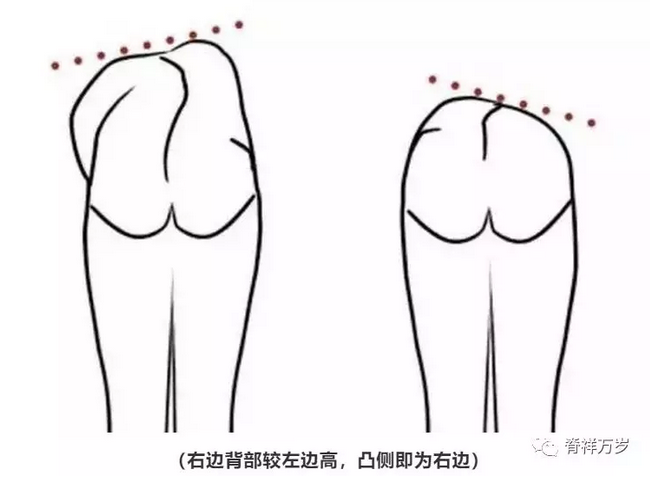
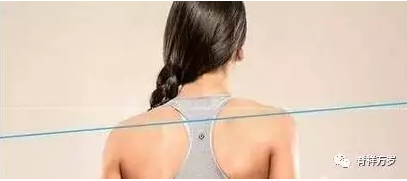
Sometimes changes in posture are difficult to detect, but sometimes children's clothing is the first visible sign of scoliosis. When doing family screening, we can check the children's clothes.
Is the bottom of the dress uneven?
Is one leg lower than the other?
Does one sleeve look longer than the other?
Step 4: Eyes and ears
The alignment of children's eyes and ears may also be a sign of spinal abnormalities. Check your child's eyes and ears for any signs of danger.
Does the eye line tilt?
Does the center of the eye differ from that of the hip?
Is the inner side of the ear in front of the shoulder?
Step 5: Gait check
Scoliosis sometimes causes slight limping and abnormal gait. Study your child's gait to see if there are any of the following signs:
Does your child have a slight limp?
Does the body lean to one side?
Does one leg look shorter than the other?
[Course details]
Date: 18-19 April 2019 (Thursday and Friday) 2 days
Time: 9.00am-17.30pm
Venue: Penang Hotel
[Course fees]
Original price: RM2800, the first 30 are all special discount RM2500 (including certificate of completion, lunch and tea).
Retraining fee for old students: Ma$600
[Deadline] 15/3/2019 or up to 40 people (to maintain teaching quality)
Recruitment targets: Chinese and Western doctors, masseurs, physiotherapists, physiotherapists, bare-handed plastic surgeons, beauticians and so on, both men and women can.
[Registration hotline]
Teacher Ye Huiyang: 18602592233
Mr. Wei: 13533607738
Or directly [to love Ye Huiyang soft skills exchange group] in the Dragon registration.
[Application Form for the Training Course of Ye Huiyang's Hand Carving Soft Skills] Thursday and Friday, April 18-19, 2019
Chinese Name:
English Name:
Gender: male/female
ID number:
Phone number:
E-mail:
Address:
Job: Traditional Chinese Medicine Doctor/Massage Doctor/Others
Guild:
(Fill in the form and return it with the remittance documents)
[Taiwan's Special Account for Remittance of Traditional Soft Handling Courses]
China Construction Bank
Jinyu Basket Bay Foshan Branch
6217 0031 1002 2883 837
Joint presentation with love.
Quality works. Sincere invitation.
Love learning. Taiwan's traditional soft technique. Absolutely wonderful!

The information comes from the Internet and the copyright belongs to the original author. If there is any infringement, please contact us in time and we will delete it. (If there are similarities, the right of interpretation belongs to Long Live Jixiang.